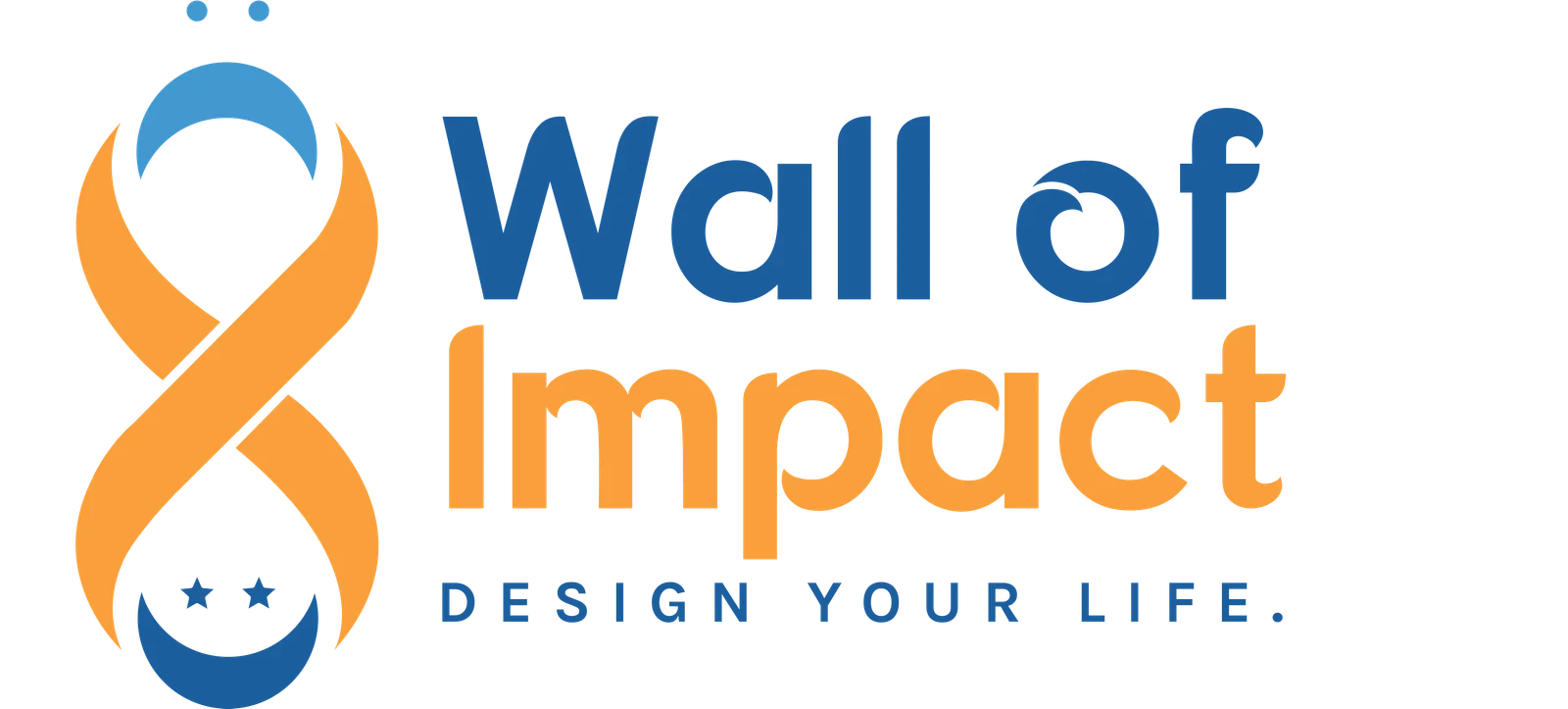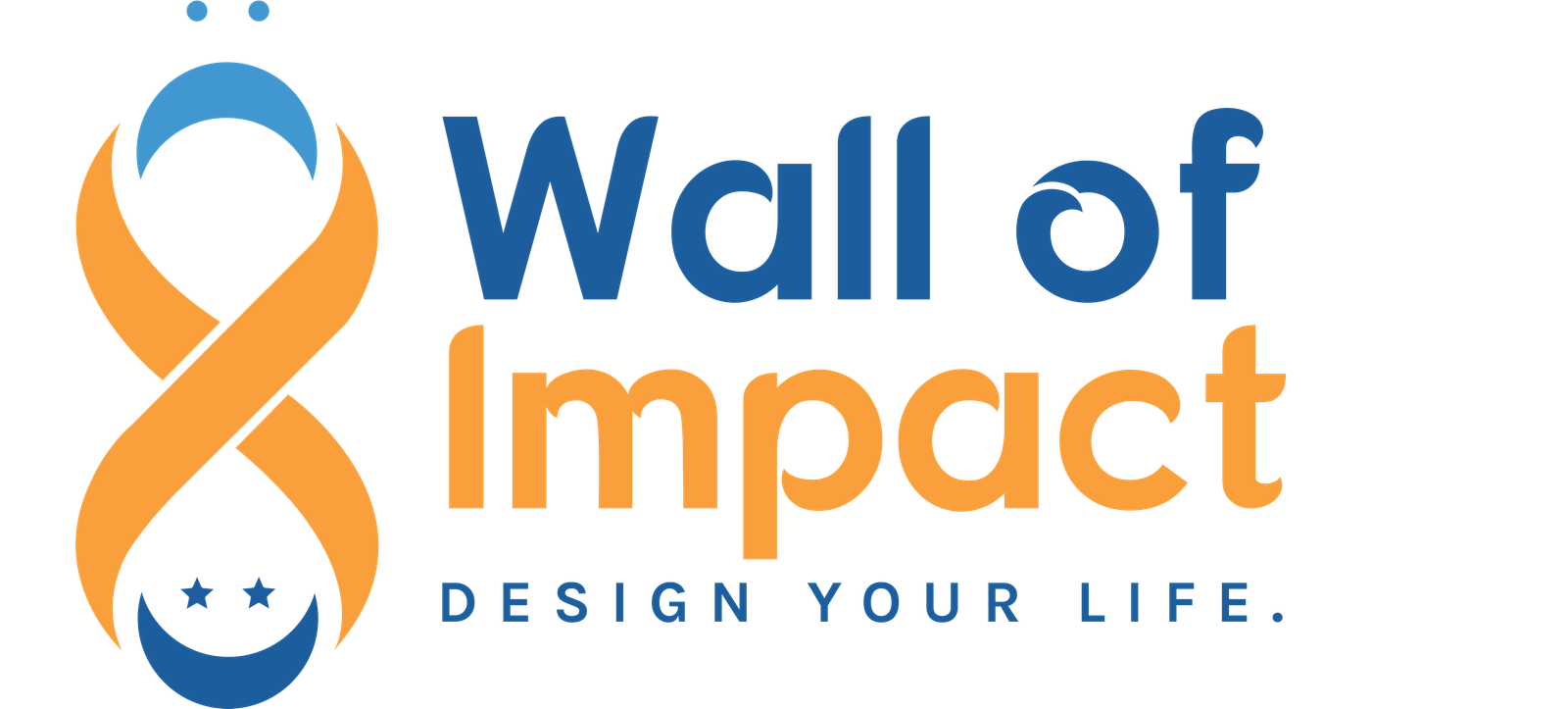Understanding PTSD: Causes, Preventions, and the Increasing Trends

Introduction
Post-Traumatic Stress Disorder (PTSD) is a mental health condition triggered by experiencing or witnessing a traumatic event. While it was first widely recognized in combat veterans, PTSD affects a diverse population, including survivors of accidents, natural disasters, and personal assaults. In this blog, we will explore the causes, prevention strategies, and treatments for PTSD, alongside examining why its prevalence is rising in recent times. We will also review related data studies and research findings to provide a comprehensive understanding of this condition.
What is PTSD?
PTSD is characterized by persistent, distressing symptoms that follow exposure to a traumatic event. These symptoms can include intrusive thoughts, flashbacks, nightmares, severe anxiety, and uncontrollable thoughts about the event. The Diagnostic and Statistical Manual of Mental Disorders (DSM-5) outlines criteria for diagnosing PTSD, emphasizing the impact on daily functioning and the persistence of symptoms for more than a month after the trauma.
.
Causes of PTSD
Traumatic Events
PTSD can develop after a person is exposed to a traumatic event, such as:
- Military combat
- Physical or sexual assault
- Natural disasters
- Serious accidents
- Terrorist attacks
Emotional and Relationship Causes
PTSD can also stem from emotional and relational issues. Emotional abuse, intense relationship conflicts, and prolonged exposure to an unstable or toxic environment can lead to PTSD. Breakdowns in close relationships, particularly those involving betrayal or severe emotional harm, can also be significant triggers.
Biological Factors
Research indicates that individuals with PTSD often have abnormalities in the brain areas involved in fear and stress responses, such as the amygdala, hippocampus, and prefrontal cortex.
Genetic Predisposition
Genetics can play a role in the likelihood of developing PTSD. Twin studies have shown that PTSD can be heritable, with certain genetic profiles increasing susceptibility to the disorder.
Psychological Factors
Pre-existing mental health conditions, such as depression or anxiety, can increase the risk of developing PTSD after experiencing trauma.
Research and Data Studies
Prevalence
According to the National Centre for PTSD, approximately 7-8% of the U.S. population will have PTSD at some point in their lives. Research indicates higher rates among veterans, with studies showing prevalence rates of 11-20% in veterans of the Iraq and Afghanistan wars.
Latest data from the U.S. Department of Veterans Affairs reveals that around 6% of the U.S. population will experience PTSD during their lifetime. This rate increases significantly for veterans, with approximately 12-15% of Iraq and Afghanistan veterans diagnosed with PTSD annually.
Types of PTSD
- Combat-Related PTSD: Affects around 12-20% of veterans returning from Iraq and Afghanistan.
- Assault-Related PTSD: Approximately 23% of women who have been exposed to physical assault develop PTSD.
- Accident-Related PTSD: Studies show that about 9% of individuals who survive serious accidents develop PTSD.
- Natural Disaster-Related PTSD: Roughly 5-10% of survivors of natural disasters develop PTSD.
Risk Factors
A study published in The American Journal of Psychiatry found that factors such as the severity of the trauma, lack of social support, and additional life stressors significantly contribute to the development of PTSD.
Neurobiology
Research published in Nature Neuroscience highlights how PTSD is associated with changes in brain structure and function, particularly in regions related to emotion and memory. Functional MRI studies have shown hyperactivity in the amygdala and reduced activity in the prefrontal cortex in individuals with PTSD.
Prevention Strategies
Early Intervention
Early psychological interventions, such as cognitive-behavioural therapy (CBT), can help mitigate the development of PTSD. Programs designed for immediate post-trauma care, such as Psychological First Aid (PFA), aim to stabilize and support individuals shortly after the traumatic event.
Resilience Training
Training programs aimed at building resilience can reduce the risk of PTSD. These programs often focus on stress management techniques, emotional regulation, and strengthening social support networks.
Community and Social Support
Strong social support systems can act as a protective factor against PTSD. Encouraging community engagement and providing resources for trauma survivors can enhance recovery and reduce the incidence of PTSD.
Treatment Options
Psychotherapy
- Cognitive-Behavioural Therapy (CBT): CBT is highly effective in treating PTSD. Techniques such as exposure therapy and cognitive restructuring help individuals process and reframe traumatic memories.
- Eye Movement Desensitization and Reprocessing (EMDR): EMDR is a therapy that uses guided eye movements to help individual’s process traumatic memories and reduce their emotional impact.
Medications
- Antidepressants: Selective serotonin reuptake inhibitors (SSRIs) are commonly prescribed to help manage PTSD symptoms.
- Prazosin: This medication is often used to treat nightmares associated with PTSD.
Emerging Treatments
- Ketamine: Recent studies have shown that ketamine, an anaesthetic, can rapidly reduce PTSD symptoms in some individuals.
- MDMA-Assisted Therapy: Clinical trials are exploring the use of MDMA in conjunction with psychotherapy for treatment-resistant PTSD.

Why is PTSD Increasing?
Societal Changes
Modern society is witnessing an increase in traumatic events, including terrorism, mass shootings, and natural disasters, leading to a rise in PTSD cases.
Awareness and Diagnosis
Greater awareness and improved diagnostic criteria have contributed to more cases being recognized and treated.
Military Conflicts
On-going military engagements and the long-term psychological impact on veterans contribute significantly to the prevalence of PTSD.
Social Media
The pervasive use of social media exposes individuals to a constant stream of traumatic news and images, potentially increasing the risk of PTSD.
Wall of Impact: An Innovative Treatment Approach
The Wall of Impact is a relatively new concept gaining traction as an effective treatment for PTSD. This approach involves creating a physical or virtual space where individuals can express and confront their traumatic experiences in a structured and supportive environment. The Wall of Impact can take various forms, including interactive installations, digital platforms, or even community art projects.
How the Wall of Impact Works
- Expression and Visualization: Individuals are encouraged to visually represent their traumatic experiences. This can be through drawings, writings, or digital media. The act of externalizing trauma can help reduce its emotional burden.
- Community and Support: The Wall of Impact fosters a sense of community among participants. Seeing others’ contributions can reduce feelings of isolation and validate personal experiences.
- Therapeutic Engagement: Facilitators, often trained therapists, guide participants through their contributions, offering therapeutic insights and support.
- On-going Interaction: Unlike traditional therapy sessions, the Wall of Impact provides a continuous space for reflection and interaction, allowing individuals to revisit and reframe their experiences over time.
Conclusion
PTSD is a complex and multifaceted disorder that requires a comprehensive approach to understanding, prevention, and treatment. With the increasing recognition of PTSD and advancements in research, we can hope for better outcomes for those affected by this condition. Continuous efforts in education, early intervention, and innovative treatments are essential in addressing the rising trend of PTSD in our society.
Understanding PTSD through the lens of scientific research and data not only helps in mitigating its impact but also fosters a more compassionate and informed approach to mental health. The Wall of Impact, as an emerging treatment, offers a unique and effective way to support those struggling with PTSD, highlighting the importance of community and creative expression in the healing process.



